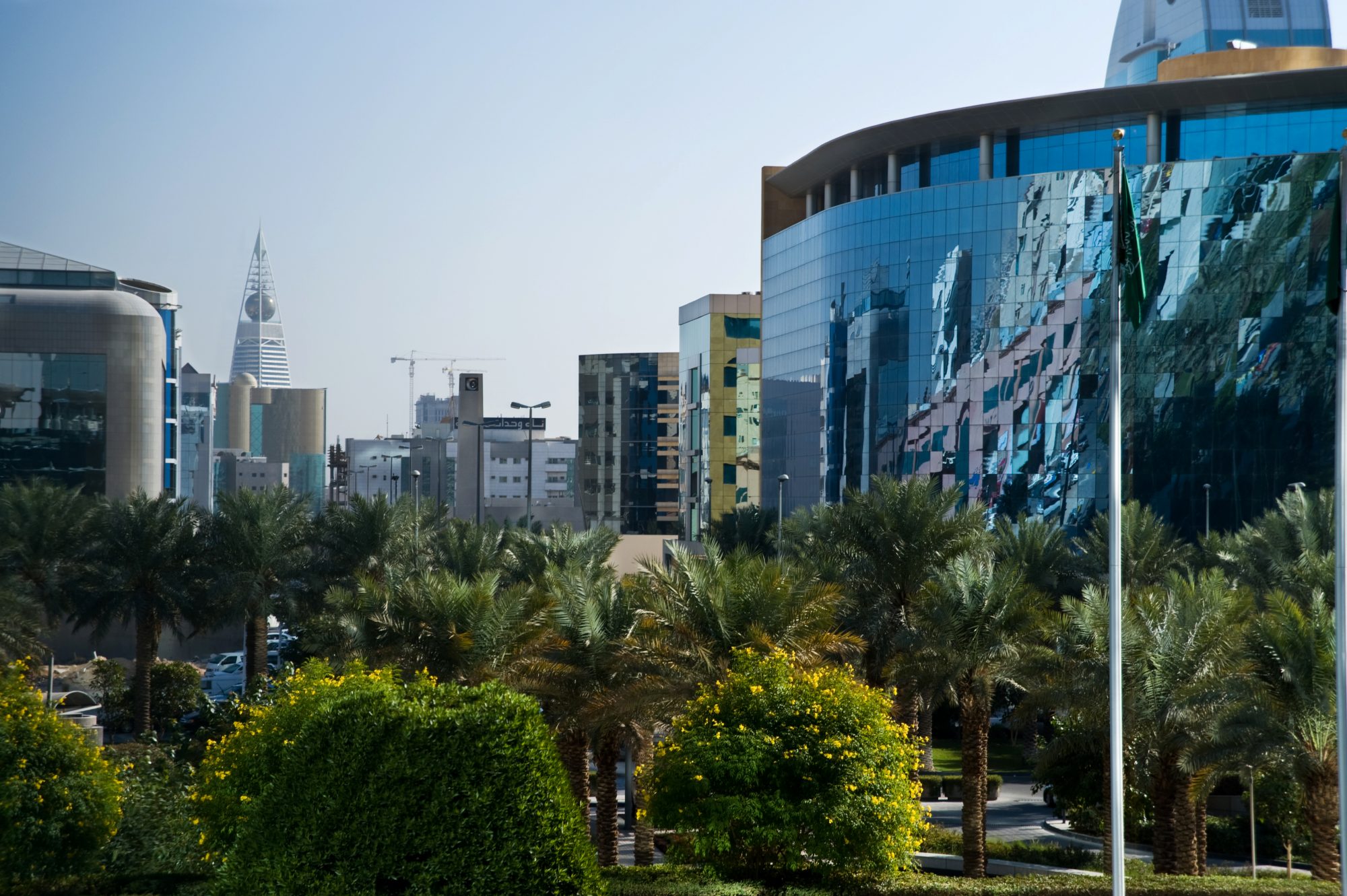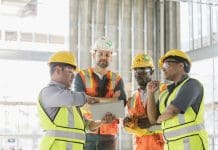Andrew Tyson, executive director of project and construction management, The Red Sea Development Company, discusses why lean and green techniques should be favoured in the procurement process when it comes to selecting project partners
One of the toughest challenges every development company faces during the construction phase of a project avoiding disruption to the local environment. For The Red Sea Development Company (TRSDC), building The Red Sea Project (TRSP) on Saudi Arabia’s west Coast, we knew it was necessary to go a step further in our interactions with the environment.
From the outset, we recognised the unique natural beauty of the destination’s local area, populated with habitats of conservational importance, from coral reefs to sea turtles – the lagoon at the destination contains 175 different species of coral and 195 species of fish, while endangered seabirds such as the sooty falcon and crab plover populate the skies. The 28,000km2 is home to an abundance of flora and fauna including rare species such as dugongs, wildcats and endangered green and hawksbill turtles.
Our ambition became not only to preserve this environment but, rather, to enhance it, so that it could be enjoyed by future generations for years to come. That’s why we set out to make TRSP the world’s most ambitious regenerative tourism project.
Regenerative approach
To achieve these ambitious goals, we go beyond using low or zero impact construction approaches that simply protect natural surroundings. We established lean construction methods in every aspect of the project, aiming to reduce waste in all forms, not just construction waste, but also waste of time and costs.
Before we even started work, we adopted a streamlined approach to the procurement and planning process by hiring as much local talent as possible and only bringing in expatriates when they had very specific skillsets and experience we could not source locally.
The challenge then became finding partners that shared our lean and green outlook. We tested the market with a new and different approach, particularly around sustainability and quality requirements. Our partners had to be willing to push boundaries, challenging and changing existing behaviours while fostering new innovations.
Sustainability commitments are of utmost importance when choosing the right supplier for one of our projects. A potential contractor must be willing to engage at the same level of commitment we do. Sustainability is non-negotiable, a deal-breaker at any stage of the project.
The COVID-19 pandemic caused us and our partners a host of new challenge and our first priority was keeping everyone safe. To overcome challenges, our contractors had to be creative and innovative in their approach to problem-solving, including providing remote technical advice and support.
Reducing environmental impact
The innovation and flexibility demonstrated by our partners provides us with the opportunity to try different and sustainable methods during construction. All of the project’s workflows are designed with lean delivery in mind to ensure every step adds value and waste is minimal. Our partners have considered this approach during every stage of the process, including the use of a Delivery Management System (DMS) to reduce and eliminate construction downtime.
Through the DMS, we will be able to significantly improve efficiencies, using the system to generate and read QR codes for materials and equipment and each horizontal and vertical movement. We can then integrate the DMS with Building Information Modelling using operational phase logistic warehouses as consolidation centers during the construction phase. These steps ensure everyone on the project is in sync, as well as avoiding any materials being under or overstocked.
We’ve also championed off-site manufacturing methods to minimize the environmental impact of construction while maximizing efficiencies. A substantial amount of the buildings and structures already being constructed on The Red Sea Coastal Village Project are prefabricated, being built off-site. The Coastal Village is a mixed-use development, master planned to accommodate around 14,000 workers, including the new Turtle Bay Hotel, Residential apartments, Studio Apartments, Villas and Townhouses, all of which are predominately manufactured off site.
Taking this approach has meant the human impact of construction activities on-site, such as noise, ground disturbance and vehicle movements, have been significantly reduced, as well as the amount of waste.
Leaving nothing to waste
By adopting a lean approach, TRSDC committed to diverting 60% of waste generated by TRSP construction from landfill. To achieve this target, TRSDC partnered with Averda to design, build and operate a waste facility capable of processing the large amount of Construction and Demolition Waste (CDW) and Municipal Solid Waste (MSW) generated during the construction of TRSP.
The waste received by this facility is carefully sorted into recyclable waste to be sold to local recycling plants, organic waste to be composted and used in TRSDC’s Nursery – the largest nursery in the middle east, residual waste which is incinerated to produce ash for green concrete production and finally, concrete and asphalt waste which is crushed to produce aggregate that can used in construction activities.
Standard bearers
We have set out to make TRSP a truly revolutionary travel destination in how it interacts with the environment. During construction, we are taking radical measures to reduce waste and ensure all our methods protect and enhance the environment.
To achieve this, we select partners that subscribe to our vision of sustainability and lean construction, which allows us to develop innovative and state-of-the art resources. These include practices such as extensive waste management facilities and off-site manufacturing which not only conserves the local environment but enhances it.
As of today, the project has surpassed significant milestones, with over 700 contracts signed to date, worth over SAR 20bn ($5bn). We want potential partners to think outside of the box but also share the same values as us. Be innovative, pioneer new ways of doing things, and most of all, believe they can be part of this opportunity to grow together with TRSDC and our projects.
We are committed to creating opportunities for local communities too. Our year-round destination will offer real opportunity to the people and businesses in our neighboring communities in the form of jobs and growth for businesses in the area. This is coupled with our ongoing contribution to creating growth and employment opportunities within the Saudi Arabian construction sector and partnering with a company that will help us realize these goals.
Through the support of our partners, TRSDC can truly create the world’s first regenerative tourist destination, enhancing the local environment on a scale not seen anywhere else before. This approach means that generations of guests can enjoy Saudi Arabia’s outstanding natural beauty knowing their stay won’t compromise the environment around them, something not many other destinations can claim.

















